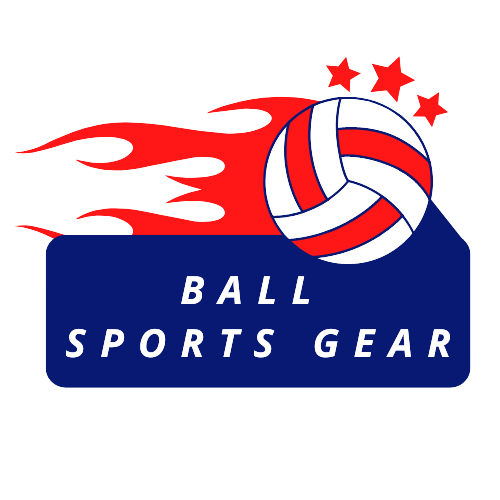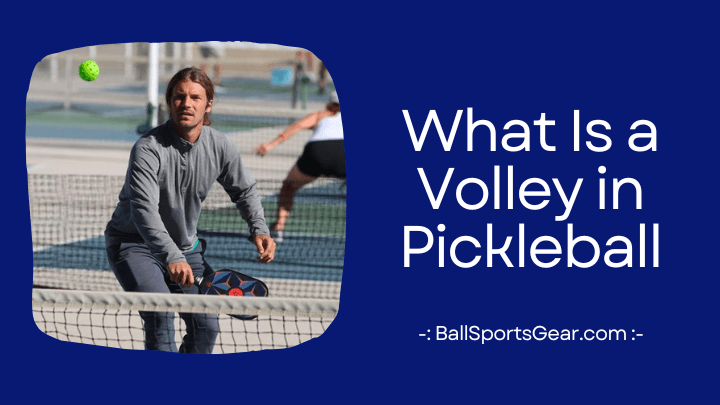Are you new to the game of pickleball and wondering what exactly a “volley” is? Or maybe you’ve been playing for a while but still find yourself confused by this term. Well, fear not friends! In this blog post, we’ll be diving into everything you need to know about volleys in pickleball – from their definition to tips on how to improve your volleying skills. So grab your paddle and let’s get started to know more about What is volley in picklebal!
What Is a Volley in Pickleball?
A volley in pickleball refers to hitting the ball out of the air before it bounces on the ground. It is one of the most crucial skills in the game because it allows players to take control of the point and dictate the pace of the game. A successful volley requires quick reflexes, good hand-eye coordination, and proper footwork.
A volley is a hit in pickleball that is made before the ball bounces on the ground. Volleys can be made when the ball is coming towards you, or away from you. When the ball is coming towards you, it is called an “approaching shot”, and when the ball is going away from you, it is called a “receding shot”.
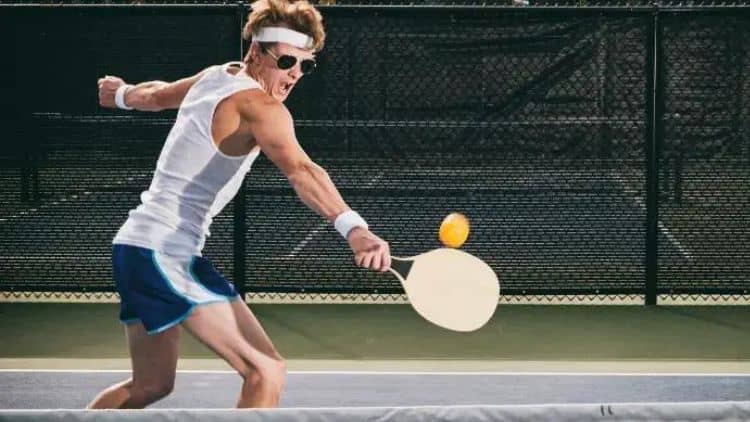
Volleys can be used to keep the rally going, or to end the rally. When keeping the rally going, volleys are usually hit softly so that they just clear the net and land in front of your opponents. This gives your opponents less time to react and get to the ball. When trying to end the rally, volleys are usually hit harder so that they land deep in your opponents’ court, giving them less time to recover and get back into position.
Volleys can be hit with different strokes depending on where you are on the court and what type of shot you want to make. The most common strokes used for volleys are forehands and backhands. If you are close to the net, you can also use an overhead stroke. Overhead strokes are usually only used when trying to end the rally since they are more difficult to control than other strokes.
Rules of Pickleball Volley
Non-volley zone: The non-volley zone is a rectangular area that extends 7 feet on each side of the net. The non-volley zone is also known as the kitchen area. Volleying is not allowed in this zone.
Volleying: A volley is a shot in which the ball is hit in the air before it bounces on the ground. You are allowed to volley the ball from anywhere on the court except the non-volley zone.
Faults: If you volley the ball while standing in the non-volley zone, it is a fault. If you step into the non-volley zone after volleying the ball, it is also a fault.
Double bounce rule: The serving team must allow the ball to bounce once before returning it to begin each point. After then, the ball can be volleyed by either team, but only after at least one bounce on either side. The double bounce rule applies here.
Service return: When returning the serve, you must let the ball bounce before returning it. After the serve, both teams can volley the ball, but there must be at least one bounce on each side before volleying is allowed.
No touching the net: You cannot touch the net with your paddle or any part of your body. If the ball hits the net and goes over, it is still in play.
Let serves: If the serve hits the top of the net and lands in the proper service court, it is called a let serve. The server gets another opportunity to serve without penalty.
Remember that the rules for pickleball may vary slightly according on the organisation or setting where you are playing. It’s a good idea to check the specifics with the hosts or the official rules before joining.
Types of Volley in Pickleball
Players can handle the ball and make shots using a variety of volley styles. In pickleball, some of the most typical volley styles are:
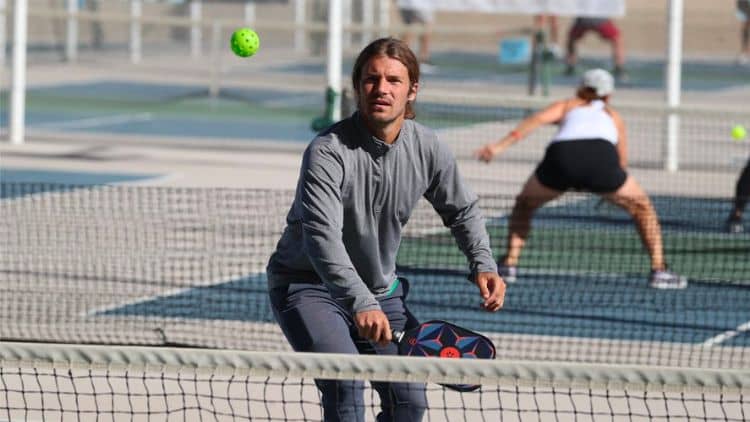
Forehand volley: This is a volley hit with the forehand side of the paddle. The player positions the paddle in front of them and makes contact with the ball as it comes towards them.
Backhand volley: This is a volley hit with the backhand side of the paddle. The player positions the paddle on their non-dominant side and makes contact with the ball as it comes towards them.
Half-volley: This is a volley where the player hits the ball just after it bounces on the ground. The player positions themselves close to the net and makes a quick, low shot.
Soft volley: This is a volley hit with a soft touch, usually used to place the ball in a specific spot on the court. The player uses a light touch with the paddle to control the ball.
Hard volley: This stronger volley strike is typically utilised to put the ball away or hit a winning shot. To produce speed and power, the player swings the paddle more forcefully.
Punch volley: This is a volley hit with a quick, punching motion, usually used to surprise the opponent or hit a ball that is low to the ground. The player uses a short, quick swing to make contact with the ball.
When to Volley in Pickleball?
For a player to succeed in the game, mastering the art of volleyball is crucial. Consider volleying in pickleball under the following circumstances:
When the ball is high and you are close to the net: If your opponent hits a high ball close to the net, you can take advantage of the opportunity to volley the ball back. This is an effective way to keep your opponents on their toes and put pressure on them.
When your opponents hit a weak shot: If your opponents hit a weak shot that lands close to the net, you can volley the ball back to put pressure on them. This is a great way to take control of the point and possibly win it.
When you are playing doubles: In doubles play, volleying is a critical skill. Since the court is smaller and your opponents are closer to the net, you will have more opportunities to volley the ball. This is a great way to put pressure on your opponents and keep them off balance.
When you want to finish the point quickly: If you have an opportunity to put the ball away at the net, volleying is a great way to finish the point quickly. This is especially true if your opponents are out of position or unable to return the ball.
When you want to avoid getting caught in a rally: If you find yourself in a long rally with your opponents, volleying can be a great way to break the pattern and take control of the point.
Tips for Improving Pickleball Volley
Here are some tips to help you improve your pickleball volley:
1. Practice footwork drills: Working on your footwork will help you get into position quickly when volleying at the net. Focus on moving quickly in both directions to react quickly to shots from either side of the court.
2. Improve hand-eye coordination: To execute successful volleys, you’ll need good hand-eye coordination to accurately make contact with the ball at just the right time and place it where your opponent won’t reach it easily. Spend some time practicing simple drills like throwing a ball against a wall or hitting balls with different paddles for accuracy and consistency.
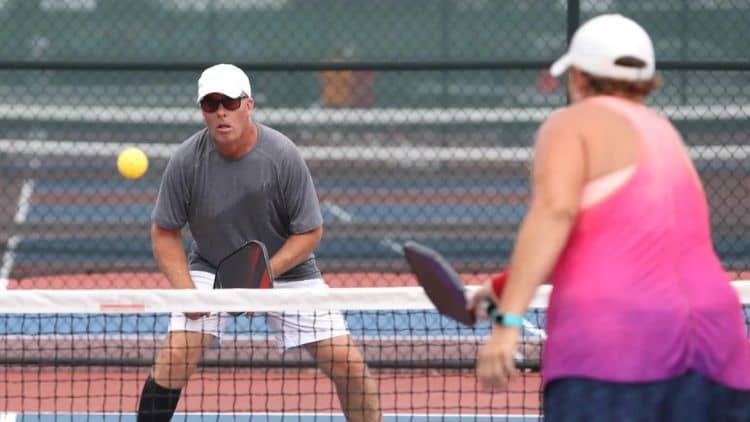
3. Master stroke mechanics: Learn the proper form for each type of volley shot to come out as accurately as possible when playing pickleball games with other players—whether they’re beginners or advanced competitors. Practice different shots, such as forehand volleys, backhand volley drop shots, overheads, etc., until they become second nature during gameplay situations.
4. Work on mental preparation: Being mentally prepared before every match is essential to perform well in pickleball games. Visualize yourself making successful volleys ahead of time while staying focused on each point during playtime – this will help prime your mind for success no matter who your opponents are!
Frequently Asked Questions
Some tips for hitting volleys in pickleball include keeping your paddle in front of you, using a continental grip, and keeping your eye on the ball.
To improve your volley in pickleball, practice hitting volleys with a partner, work on your footwork, and focus on keeping your paddle in front of you.
Yes, volleys are an important part of the game, as they allow you to hit the ball before it bounces, giving your opponents less time to react and increasing your chances of winning the point.
The non-volley zone is the area within 7 feet of the net on both sides of the court. Players cannot volley while standing inside this zone, but they can hit the ball after it bounces.
If you volley from the non-volley zone, it is considered a fault, and the point is awarded to the opposing team.
Conclusion
In Volley pickleball, a shot is considered a volley if it is made before the ball hits the ground. When the ball is sent back and forth between players close to the net, this is what usually happens. Both a forehand and a backhand swing may be used to take a volley, which calls for quick reactions and superb hand-eye coordination. Volleys are a crucial component of pickleball strategy in general because they enable players to set the tempo of the game and exert pressure on their rivals. In conclusion, learning the volley is necessary for developing into a talented and competitive pickleball player.
